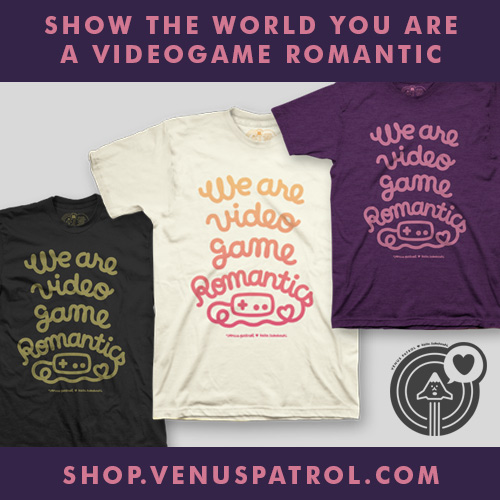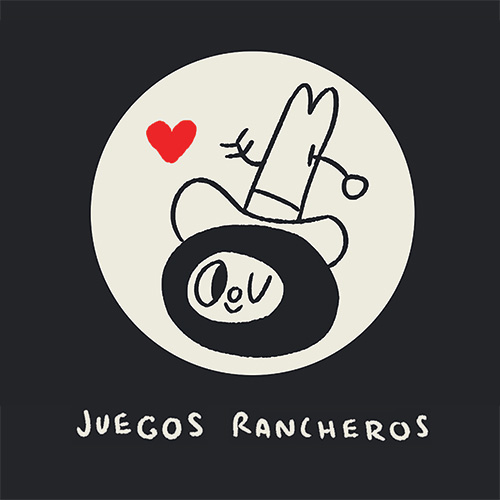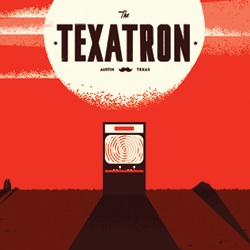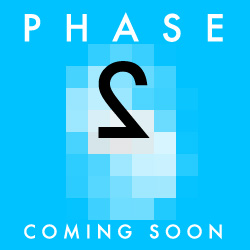RAGDOLL METAPHYSICS: CONCEPT RECOGNITION, OR WHEN ARTISTS FIGHT BACK
When Gearbox’s Randy Pitchford explained the new art style of Borderlands to the press, he described it as a “mutiny”. His art team had apparently gone back to their concept art assets and realised that, ultimately, their drawings and paintings had more character and appeal than the art-style that had ended up in the version of the game they had at that time.
Going against the prescribed direction of the project, the team had begun to prototype the concept art in the game, ultimately delivering a build that knocked the socks off their boss, and blew away the drab vision of Borderlands that they had been working on previously. Brave stuff. And I couldn’t help thinking: Well, about time! Isn’t most concept art actually better than what we get in the final game? Isn’t it, perhaps, about time to let the concept artists take the lead?
The results from Borderlands are quite startling. Observe:
Before:
After:
Dodgy quality of the first section aside, there’s no contest in the visual impact. With its reference to the concept art style, the game is more visually arresting, and, perhaps more importantly, it stands out from a host of gloomy shooters that all share the same visual effects, the same shiny bump-maps, the same metallic sheen. Hell, if Borderlands hadn’t been reinvented, I wonder whether you’d have been able to tell it apart from Id’s Rage…
Okay, let’s attack this from another angle. ArenaNet’s Guild Wars was pretty, but it was never genuinely visually adventurous. Which should come as something of a surprise when you consider that the lead concept artist was one of the best in the business, Daniel Dociu.
Talking to architecture site BLDGBLOG, Dociu admitted that is work occasionally lost its impact when transferred to the game world: “To make an environment work for a game, you have to redesign your work – and I do sometimes feel bad about the missed opportunities. These may not be ideas that would necessarily make great architecture in real life, but these ideas often take a more uncompromising form – a more pure form – before you have to change them. When these environments need to be adapted to the game, they lose some of that impact.”
Personally, I found myself looking at Dociu’s paintings, then looking at Guild Wars, and wondering why the game didn’t look a bit more like this incredible fantasy visions that he was conjuring up. And I getting the feeling someone else was having the same thoughts, because, well, just look at Guild Wars 2…
Shit hot. And you’re not telling me that isn’t about Dociu’s amazing concept art coming to the fore: it’s the crux of the entire presentation – paintings brought to life with videogame magic.
We’re at a stage in the development of technology now where we don’t simply have to aim for verisimilitude, but can instead explore some artistic directions. You scarcely need another reason to see the value in that than browsing some of the concept art that gets produced for modern games. How beautiful might the disappointing action shooter Dark Sector have been if it had taken its concept art (below) as the “target render” for the game as a whole, rather than as a visual reference?
Hell, if Epic Mickey is even a fraction of the what the extraordinary concept art has revealed, it could represent a work of genius.
And, of course, some games are already taking watercolour-as-game as their trademark. And could they be any more beautiful?
Give us watercolour FPS games, painterly RTS games, oil-painting strategies.
Ultimately, I think there needs to be much more mutiny in the art ranks. The concept artists need to fight back and conspire with the graphics programmers to bring about many more revolutions of the kind that started with Borderlands. We’ve heard years of rhetoric about videogame design tools putting power back into the hands of the artists, but clearly it needs to go further. If videogames want to be taken seriously as art, then they need to be art.
What I’d like to see games do now is to have another arms race, similar to the tech arc of the 90s and early 00s, but rather than being purely about graphical muscle, it should be stylistic: an arms race of art styles. Who can be the most painterly? Which games manage to use impressionistic visuals to the most emotive effect? Which games can really articulate the ragged visuals of comic art, or of animation?
[Jim Rossignol is an editor at RockPaperShotgun.com and the author of This Gaming Life, an account of the life of modern videogames and some of the people who play them. Ragdoll Metaphysics is his Offworld column exploring and analyzing gaming’s vast world of esoterica.]
See more posts about: Offworld Originals, Ragdoll Metaphysics






